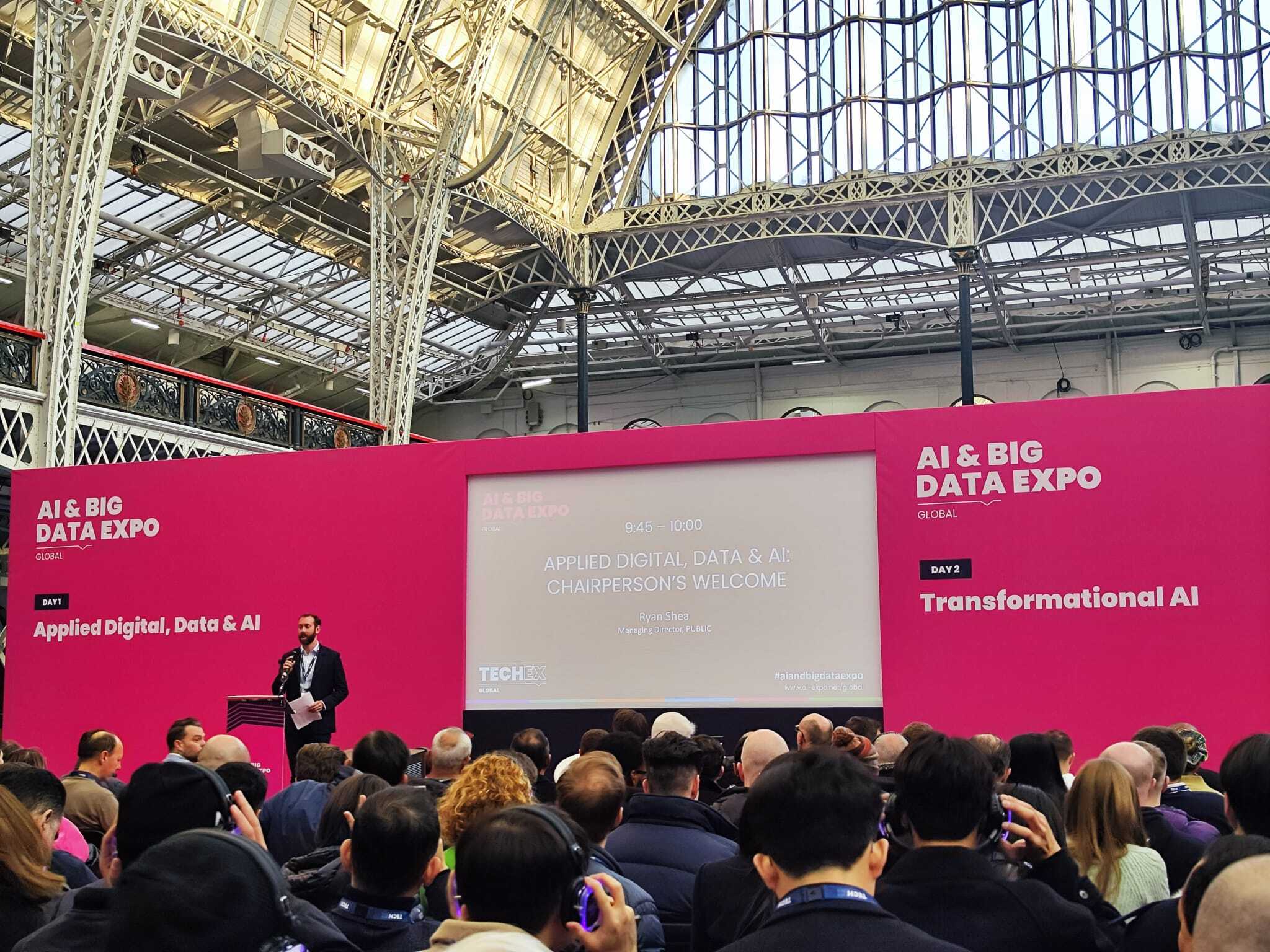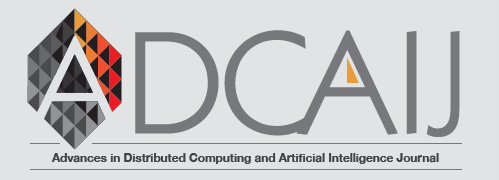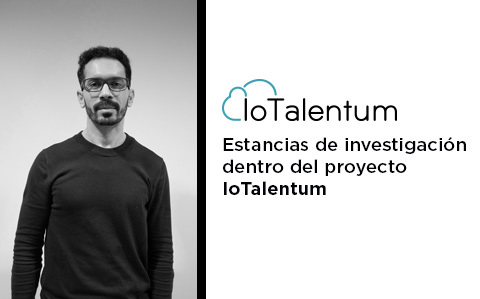'The transition from silicon to molecular technology will be devastating'
Studied Engineering (with an emphasis in Electrical Engineering) at the Federal University of Goias, and completed his studies with a doctorate in Computer Sciences and an MBA. Leandro Nunes de Castro is a professor at Mackenzie Presbyterian University. He is the director of the Natural Computing Laboratory, where he works on the development of computing tools based on natural phenomena to solve complex real-world problems. He has been in Salamanca since January to work with the BISITE research team.
You are a specialist in Natural Computing. Can you explain what this concept involves?
While it may seem to be a strange combination, there are actually three ways to relate computing and nature. The first, which is my specialization, attempts to use nature as an inspiration to develop computational algorithms to solve complex problems, for example, to design artificial neural networks for autonomous navigation or artificial immune systems to protect computers against viruses and network intruders. The second approach uses computing to synthesize natural phenomena, for example, to simulate the behavior of birds flocking. And the third one is the search of new materials with which to build computers.
Is it possible to extract natural models that can be applied to artificial systems?
Of course. We use computing to model or simulate a natural phenomenon. Bio-inspired algorithms allow us to use natural models that can provide solutions to artificial problems. Moreover, we can use this type of computing to investigate natural phenomena, such as the movement of birds or the shapes of trees, to create models that can simulate them. This type of research is used by the film industry, for example, in the development of digital animation.
How can we benefit from natural models in the research of neurosciences?
Natural Computing can be used to analyze the data used by researchers in the study of neural behavior; for example, to study the electrical signals that can predict whether a person will experience an epileptic seizure. In my laboratory in Brazil we are currently working on a project to identify breast cancer using these techniques. We can also generate computational models that recreate brain function, although this type of work is more commonly addressed in the fields of Mathematics and Theoretical Biology.
Are companies interested in Natural Computing, or is this limited to the scope of public research?
There is certainly much more interest among companies for what we are doing. My laboratory in Brazil works with companies in the banking sector, applying Natural Computation to the analysis and collection of checks. Companies are also interested in data analysis, particularly in a field currently known as Big Data, and are willing to invest money in this type of research because it provides them with solutions to important decision making problems.
How is Natural Computing also related to Quantum Computing?
Computers today use silicon-based hardware. Thanks to Moore’s Law, we know that within eight to ten years we will have reached the limits of possibilities for reducing this material. The question, then, is what comes next? This is where quantum computing comes into play, since it allows the solution of complex problems in a small amount of time and works at the atomic level, which is not governed by the physical laws most of us know. Quantum Physics proposes a different behavior of natural systems, where binary logic is surpassed, which can be achieved with new hardware created by other materials different from silicon. That is where Natural Computing is key, since it is involved in the search for those materials.
There are great expectations with regard to the possibilities of quantum computers. How will they improve on what is currently available with today’s computers?
When quantum computers become available on the market, many things will have to change. Working at the atomic level provides enormous parallel processing capability and can, furthermore, incorporate vasts amounts of information in very little space. This makes it possible, for example, to encrypt code at a very high velocity, but at the same time allow breaking it. Indeed, this will have an enormous impact on society because it will force the reconsideration of many systems that are standard and widespread. The impact of the transition from silicon to molecular technology will be devastating, which means the transition will not be easy. The stakes are very high.
So the goal is not so much a scientific or technological matter as a business interest.
Correct. For example, if you analyze banks, you realize that in many cases they use very old languages. They do that because they work and are reliable, but also because any change would entail an investment. If large hardware and software companies do not get involved in the transition to Quantum Computing, its development will be very complicated.
Why did you come to Salamanca?
I came as part of the Brazilian government’s Scientific Mobility program called Science without Borders, whose goal is for more than 100,000 Brazilians to travel abroad and take advantage of this type of exchange. I chose Salamanca because I’ve known Professor Corchado for 15 years. The BISITE group is very active, works closely with businesses, and its projects complement some of those I’m working on.
What specific projects could you and Bisite collaborate on?
BISITE is involved in a Creative Computing project base don the use of algorithms to create music, and that’s interesting to me. They are also working on a project that analyzes the movement of information throughout social networks for security reasons. We could collaborate on both projects.
You have worked as a researcher in Brazil, Great Britain, Malaysia and now Spain. Would you encourage young researchers to complete their studies abroad?
Absolutely. And not only researchers, but other professionals as well. Traveling allows you to learn other languages and other ways of working.
And what can be done so that the best researchers return home after completing their studies abroad, avoiding “brain drain”?
There are many factors that contribute toward the possibility of returning, some of which are personal. On the other hand, it’s very different to go abroad with a work contract than with a grant. For example, the Science without borders program, which I came with, requires you to return to Brazil and remain for the same amount of time as the grant you had abroad. But we also have resources so that researchers from other countries come to us.
Professionally, you started in Electrical Engineering and ended up in Computer Sciences. How important is a multi-disciplinary approach for the advancement of science and technology?
Very much. Multidisciplinarity is an area in and of itself. It’s imperative to have more professionals with this profile, different abilities, and not just in sciences. It’s also important to have management skills. I’ve established a start-up that can apply the scientific results of my work, which is why I’m interested in understanding the entrepreneurial environment in Spain. knowing how knowledge transfer and the creation of spin-offs are organized.





